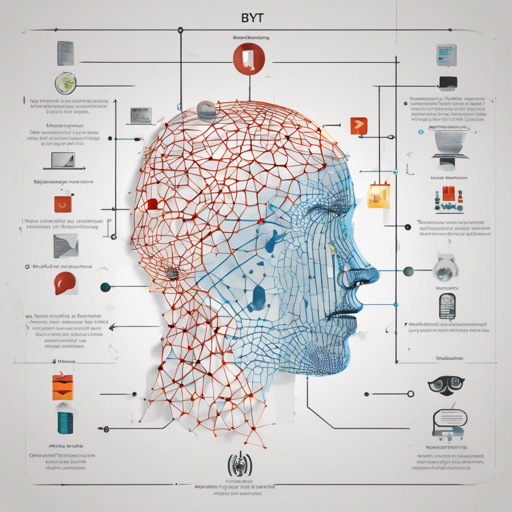The ByT5 Base model fine-tuned for sentimental analysis of product reviews in Portuguese is an invaluable tool for anyone dealing with customer feedback. Whether you’re a data scientist, a programmer, or simply curious about NLP, this guide will walk you through the process of utilizing this model effectively.
Model Overview
This model has been fine-tuned from Google’s ByT5 Base specifically for analyzing sentimental data from product reviews on the Brazilian e-commerce website, Americanas.com. If you’re interested in a deeper dive into the underlying algorithms, you can read the original paper here.
Training Data
The model was trained using various product reviews collected from Americanas.com. This rich dataset provides the model with context to understand various sentiments associated with product feedback.
Getting Started with the Model
Here’s a step-by-step guide to get you started with using the ByT5 Portuguese sentiment analysis model:
Step 1: Setting Up Your Environment
- Ensure you have Python installed on your system, along with the necessary libraries: torch and transformers.
- If you’re using Google Colab, use the provided links in the training procedure section to set up your notebook.
Step 2: Load the Model and Tokenizer
Copy and paste the following code into your Python environment to load the model and tokenizer:
from transformers import AutoTokenizer, AutoModelForSeq2SeqLM
import torch
if torch.cuda.is_available():
device = torch.device('cuda')
else:
device = torch.device('cpu')
print(device)
tokenizer = AutoTokenizer.from_pretrained('HeyLucasLeao/byt5-base-pt-product-reviews')
model = AutoModelForSeq2SeqLM.from_pretrained('HeyLucasLeao/byt5-base-pt-product-reviews')
model.to(device)
Step 3: Classifying Reviews
To classify a review, use the following function, adjusted to your needs:
def classificar_review(review):
inputs = tokenizer([review], padding='max_length', truncation=True, max_length=512, return_tensors='pt')
input_ids = inputs.input_ids.to(device)
attention_mask = inputs.attention_mask.to(device)
output = model.generate(input_ids, attention_mask=attention_mask)
pred = np.argmax(output.cpu(), axis=1)
dici = {0: 'Review Negativo', 1: 'Review Positivo'}
return dici[pred.item()]
# Example usage
classificar_review("Este produto é incrível!")
Understanding the Code: An Analogy
Think of the ByT5 model as a renowned chef who specializes in tasting and interpreting flavors of various dishes (customer reviews). Just as the chef would carefully analyze the ingredients (input data) using his expert skills (deep learning model), our code processes the input reviews using tokenization and model inference. The function classificar_review acts like a waiter who serves the definitive review taste to customers (end-users), translating flavors (sentiments) into a readable format (positive or negative feedback).
Troubleshooting
If you encounter issues while using the model, consider the following troubleshooting tips:
- Ensure all required libraries are installed in your environment.
- Confirm that you are using the correct model names as per the training data source.
- If a review fails to classify, check the length; ensure it is within the model’s max length constraints.
For more insights, updates, or to collaborate on AI development projects, stay connected with fxis.ai.
Conclusion
By following this guide, you should have a strong foundation for utilizing the ByT5 Base Portuguese Product Reviews model for your sentiment analysis projects. Experiment with various reviews and continue to enhance your understanding of how sentiment analysis can benefit your business strategies.
At fxis.ai, we believe that such advancements are crucial for the future of AI, as they enable more comprehensive and effective solutions. Our team is continually exploring new methodologies to push the envelope in artificial intelligence, ensuring that our clients benefit from the latest technological innovations.

